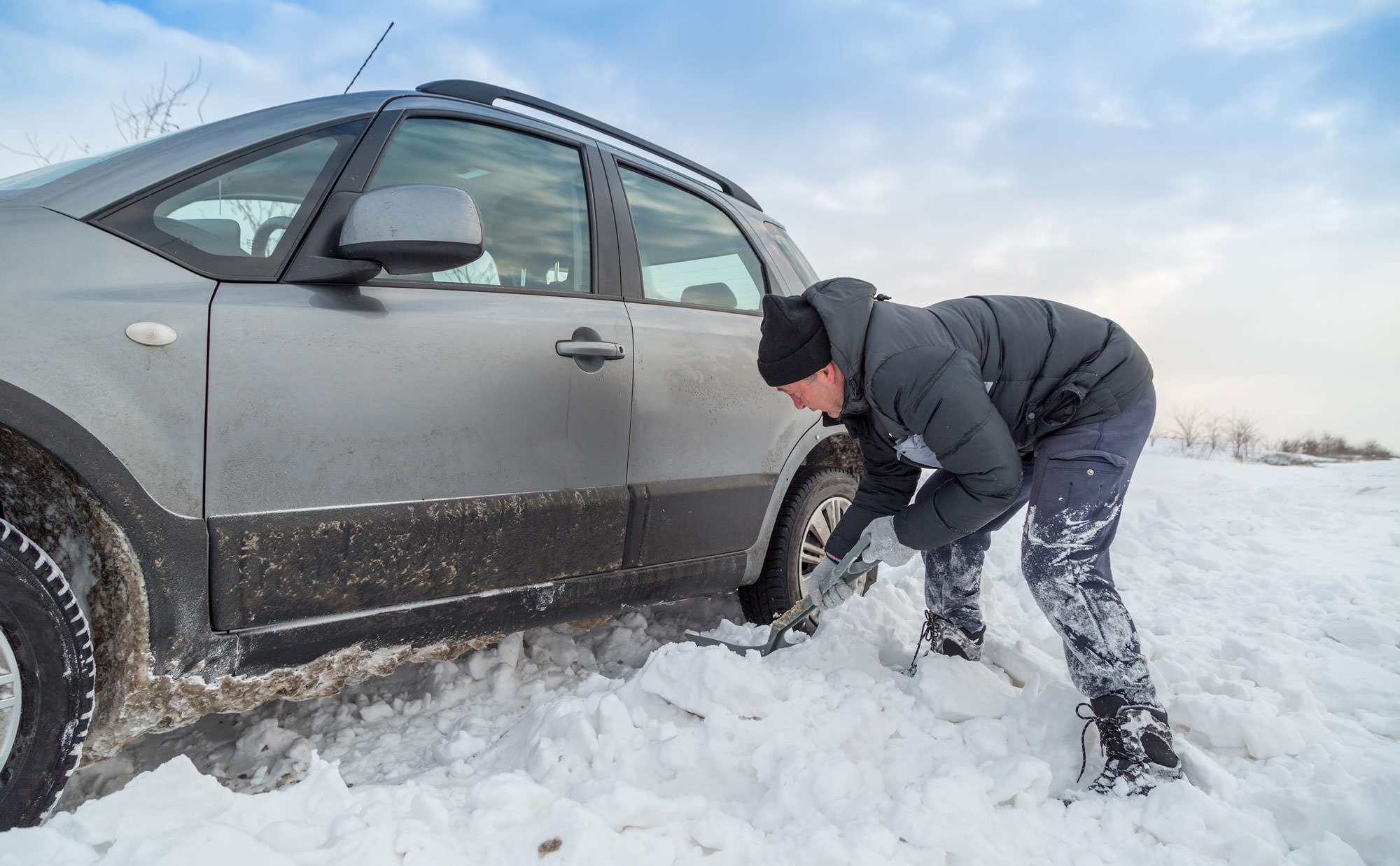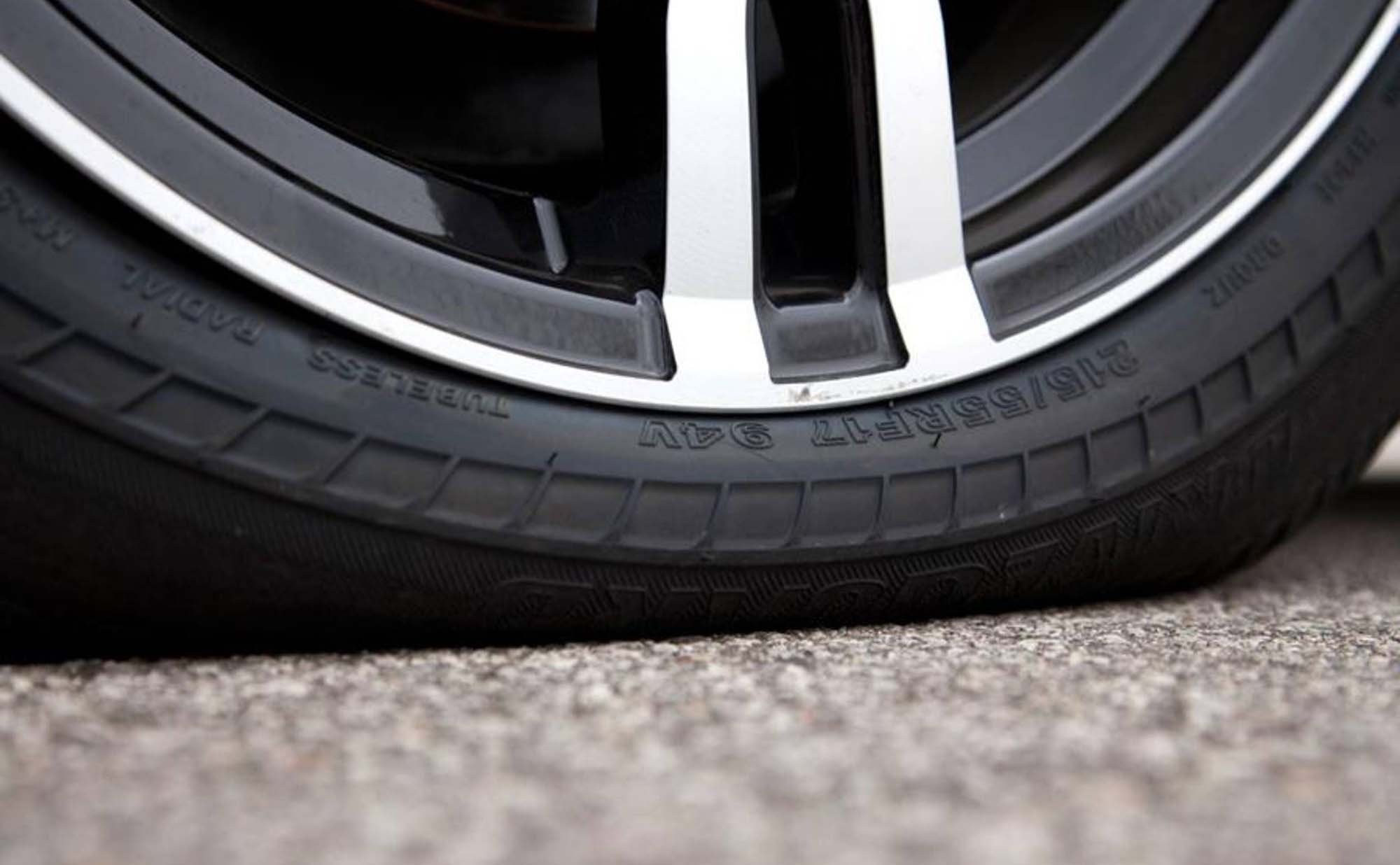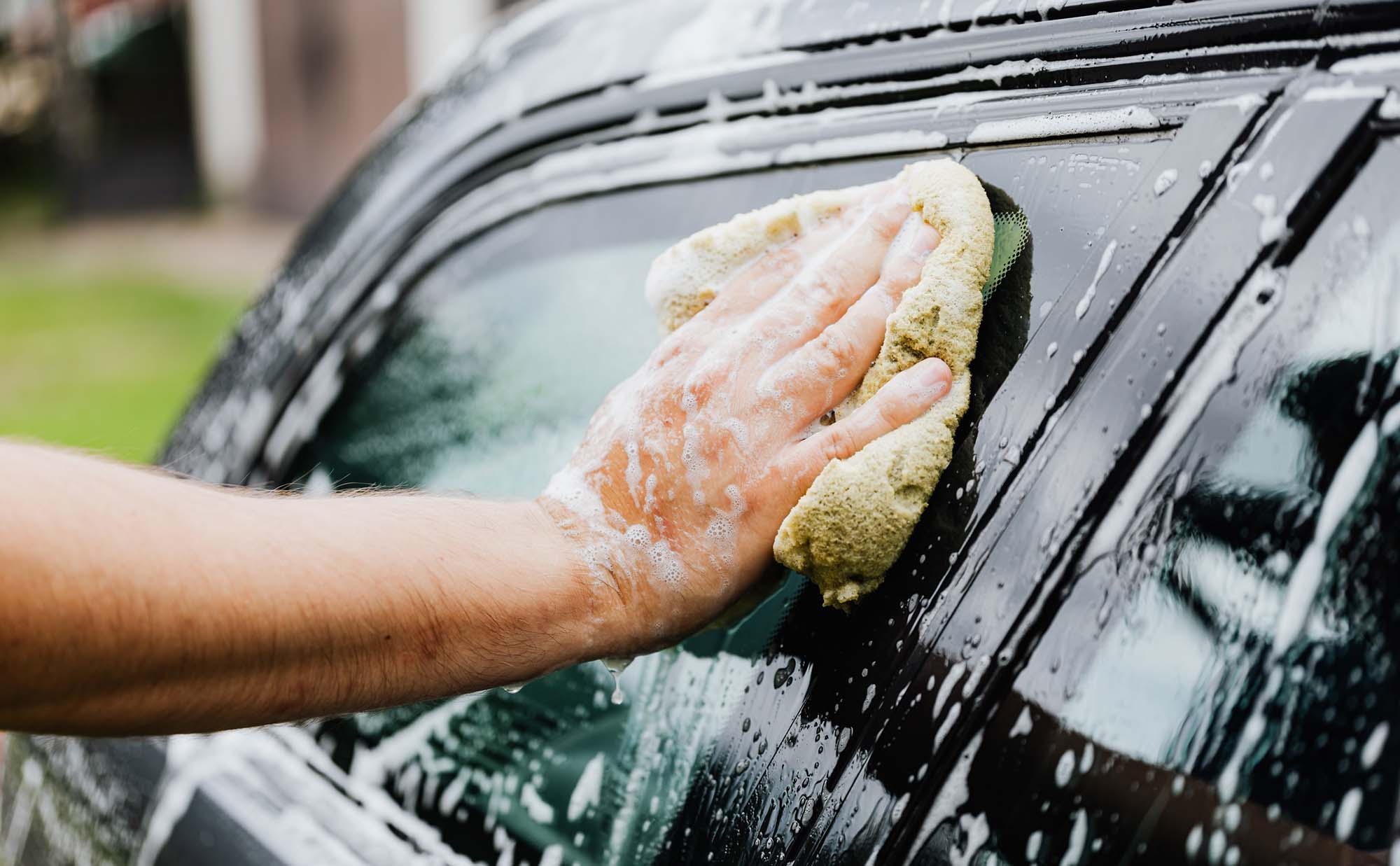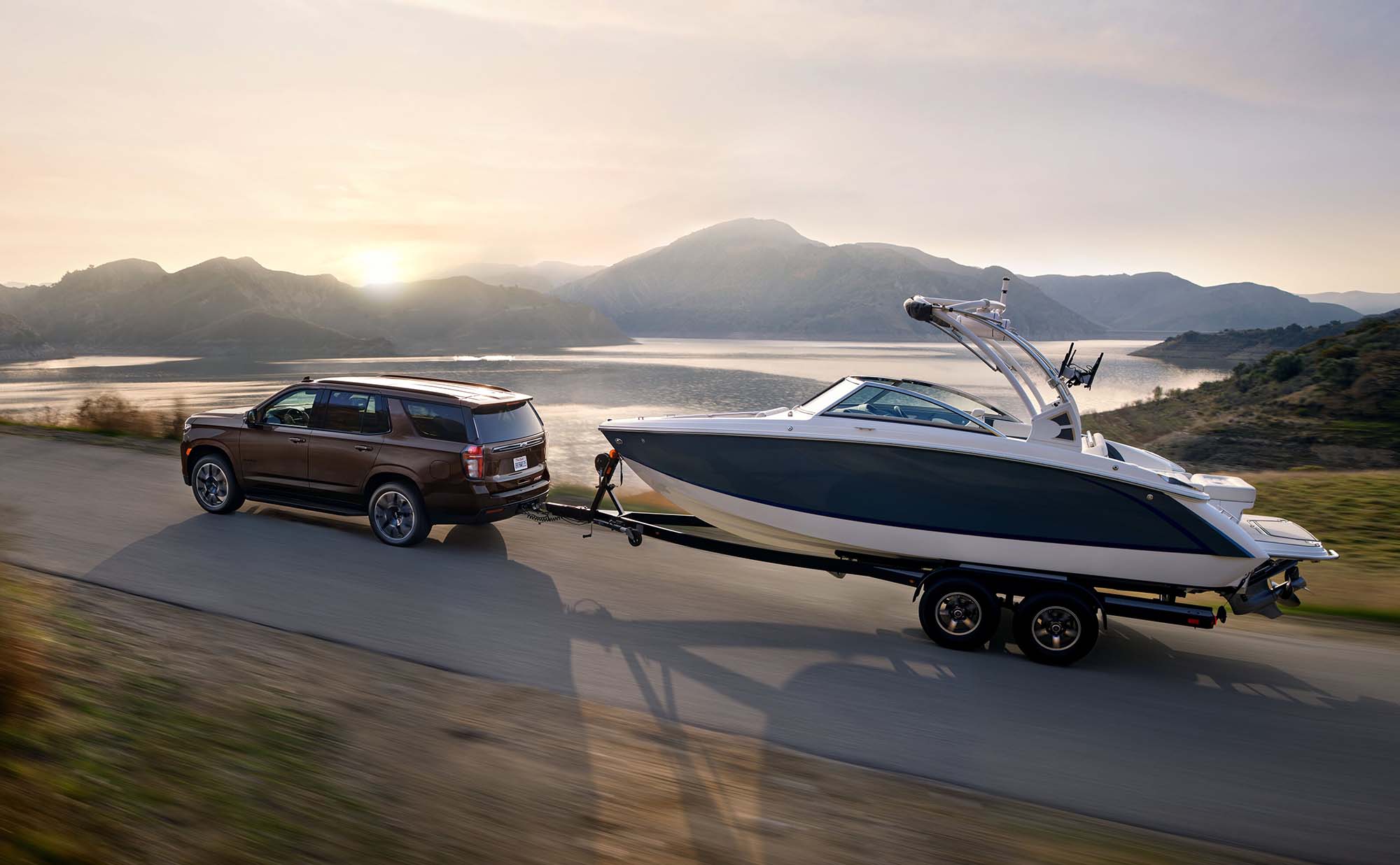Run flat tires are all the rage, but they aren't right for everyone (or every vehicle). Here is a list of the pros and cons, so you can make an informed choice.
If you got stuck this winter and want to make sure it never happens again, or plan on doing some off-roading this summer, the best defence you have against getting stuck is to always be prepared. That means keeping a certain amount of gear in your car, truck, or 4×4 that will help in these situations.
1. A Shovel
A shovel is the single most useful tool for getting a vehicle unstuck. When all four tires are stuck, your hands and back will be grateful you brought a shovel. If you’ve got a spare garden shovel, cut the handle down so it fits in your car, but it’s better to bring a proper D-handle or foldable shovel.
2. Carpet or Cardboard
Once you’ve removed the sand or mud away from the front of your tire, stuff a strip of carpet or cardboard in front of it. Sticks, branches, or plywood can also work, as long as they don’t sink to much and can provide traction to prevent your tire from spinning. Press on the accelerator slowly, so the tire has time to grip, or else you’ll fling all the things you just laid down behind your tire, which does no good.
3. Recovery Tracks
Molded plastic recovery tracks provide a considerable improvement over a carpet/cardboard solution. They won’t sink or slide under your tire, and when held on the end they can be used as a shovel. The Maxtrax MKII shown here has been put through its paces in the Australian outback, but if the price scares you there are less expensive options to choose from.
4. High Lift Jack
A hi-lift jack is a recovery gear staple on most off-road rigs. The factory tire jacks that come with your vehicle are wholly inadequate, especially if your vehicle sits higher off the ground due to larger tires or a lift. A hi-lift jack can be used to lift a stuck tire so you can stick cardboard or Maxtrax underneath it.
5. Tow Strap
A tow strap can be used by one vehicle to free another. This one from ARB uses loops and is rated at 17,500 lbs. Avoid using tow straps with hooks as they can be dangerous if the strap breaks. Only connect between automobile frames, never to the body or bumpers.
6. Winch
If you plan on venturing in areas where the odds of getting stuck are very high, then invest in a winch and proper recovery gear, including a tree saver strap, snatch block, and tow straps. A winch allows you to get out of tricky situations that otherwise you’d have to wait for another traveler to help you with. Toxic Crush recommends the “30 percent rule” when buying a winch, i.e., get a winch that’s rated at 30 percent or more of the weight of your vehicle. Remember when connecting to another vehicle, always hook to the frame or a recovery point that is directly bolted to the frame. It doesn’t take much for bumpers to break off and become lethal flying objects.
7. Snow Chains
Today’s snow chains are more like cables and can be installed by anyone. Your vehicle remains stationary and you wrap the chains around the wheel. A central bungee cord tightens everything up. Remember that it’s always better to put chains on before you need them (and wear some gloves to make process a bit more pleasant).




